Lions, often revered as the “kings of the jungle,” have a reputation that extends beyond their majestic manes and regal stance. A significant contributor to their awe-inspiring presence is their thunderous roar, an iconic sound that echoes across the savannas of Africa. But why do lions roar? Beyond a mere display of power, these roars serve remarkable biological and social purposes that are rooted in evolution. This article delves into the fascinating science behind their vocalizations, providing insights into the life of one of nature’s most charismatic predators.
Understanding the Mechanics of a Lion’s Roar
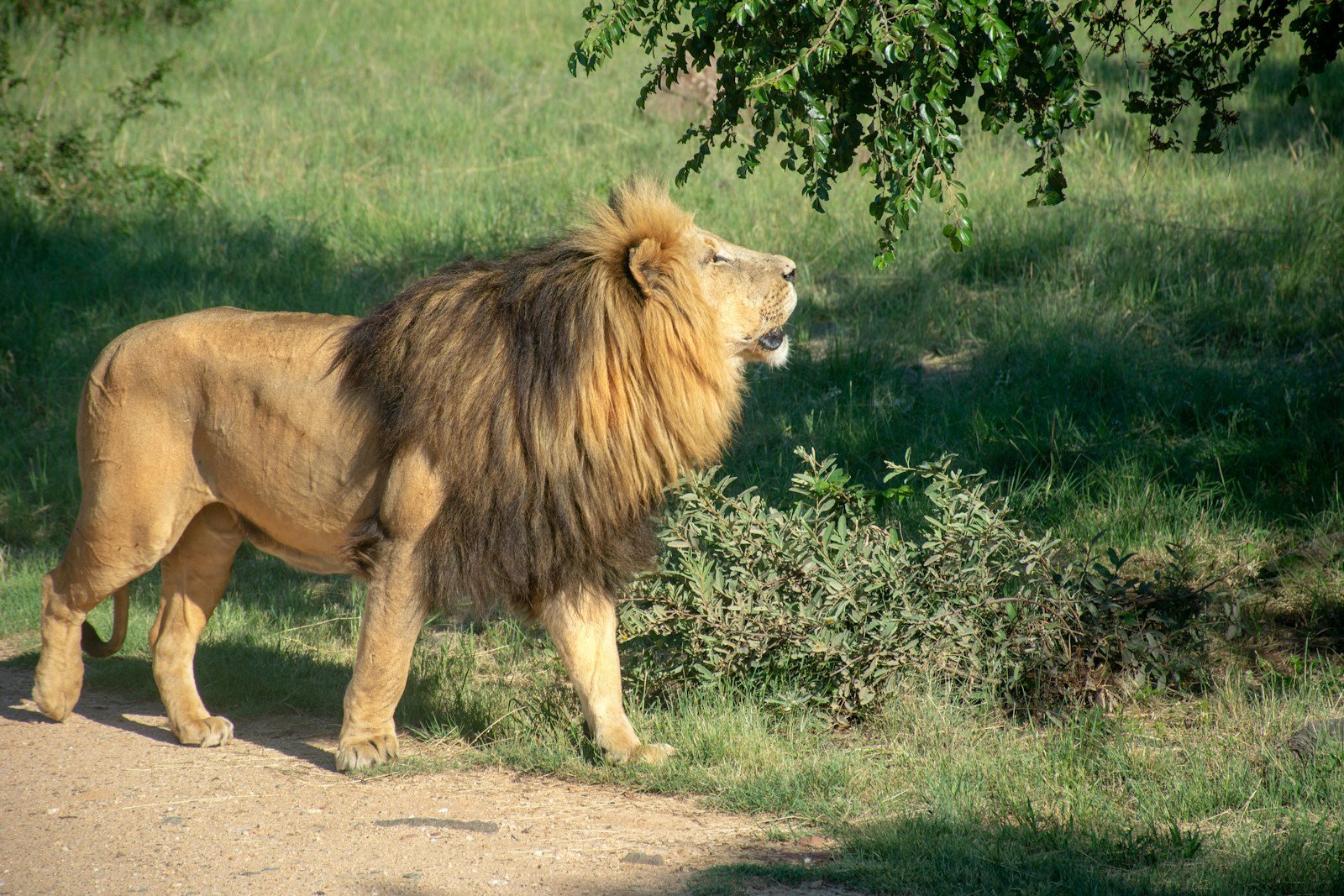
The lion’s roar is not just a random outburst but a well-researched evolutionary adaptation. Sound is produced when air from the lungs is pushed through the larynx, causing the vocal cords to vibrate. Unlike most mammals, a lion’s vocal cords are flat and square, which allows for the deep, resonant sounds that travel impressive distances of up to five miles. The unique structure dampens high frequencies and amplifies low frequencies, creating the thunderous roar that we associate with these majestic beasts.
Communication: The Lion’s Roaring Language
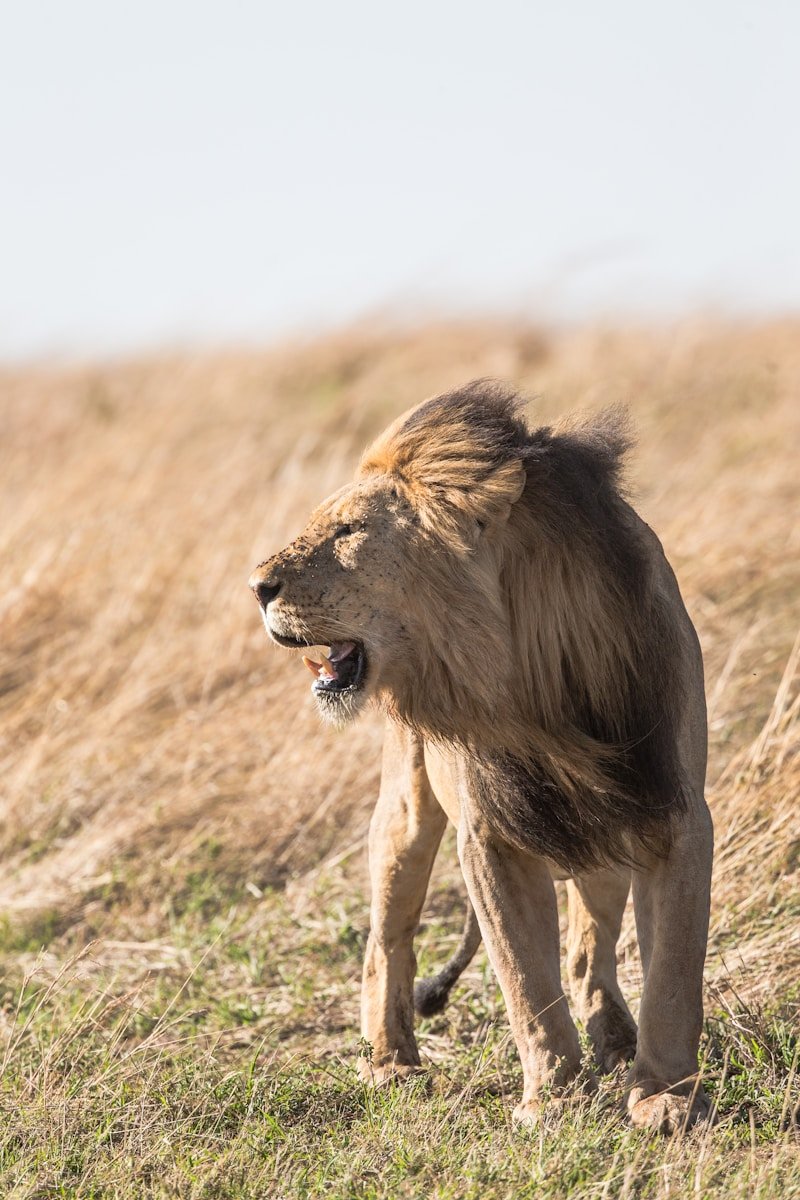
Lions communicate using various vocalizations, of which the roar is the most prominent. Each roar carries specific meanings, ranging from territorial declarations to social bonding signals. Roars are intricately tied to the lion’s social structure, facilitating communication within a pride as well as with neighboring ones. They serve as vocal markers that help the lions establish their identity and status within their ecological landscape.
Marking Territory: A Sonic Border
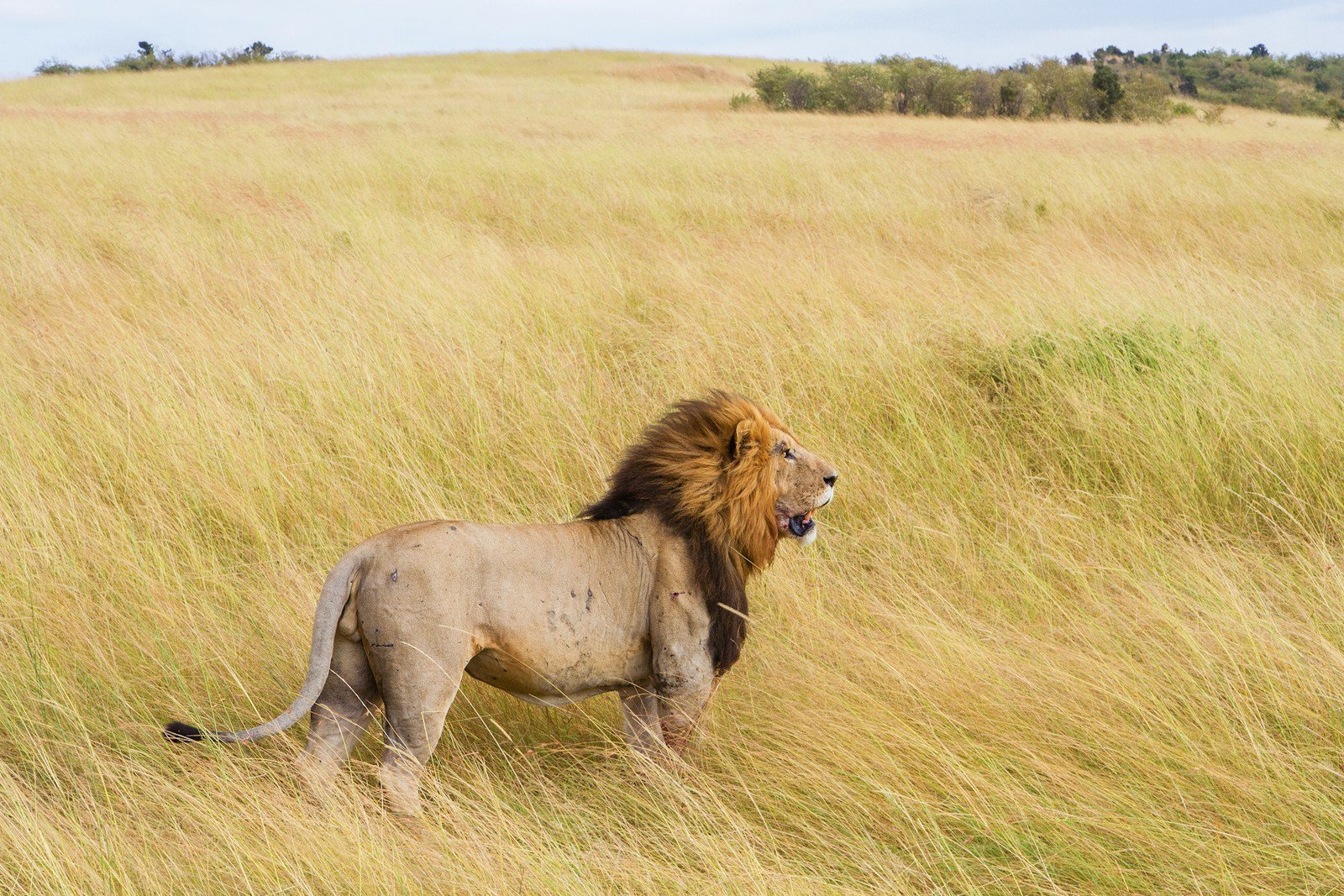
One primary function of the lion’s roar is to establish and maintain territory. Lions are territorial animals, often living in prides that control vast areas of land. Roaring serves as an auditory map, signaling the presence and size of the pride to potential intruders. This sonic border helps reduce physical confrontations by warning others about the pride’s boundaries, effectively maintaining peace and stability in the region.
Uniting the Pride: Strengthening Social Bonds
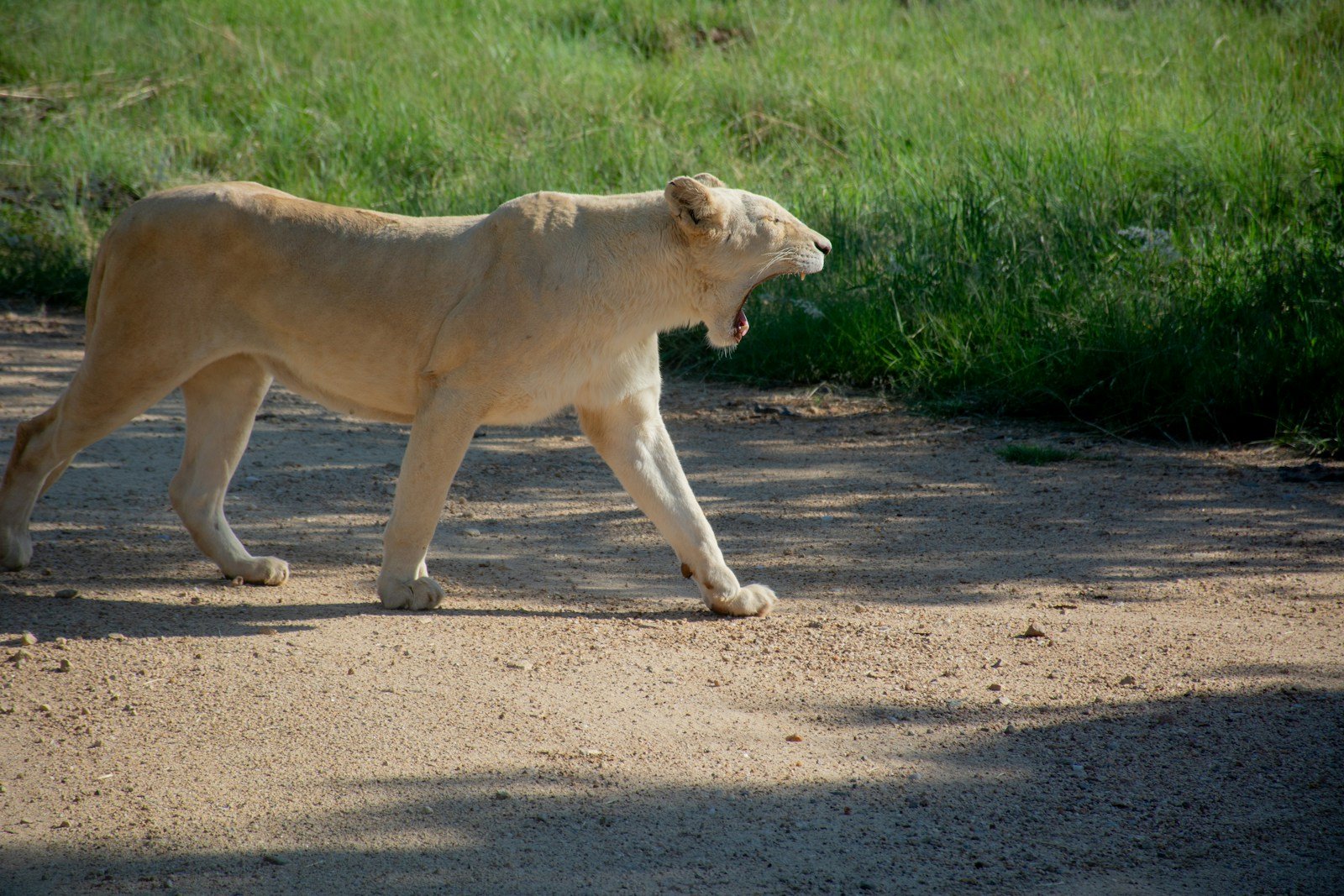
Roaring is also a crucial tool for social cohesion within lion prides. Male lions, in particular, use roaring to reinforce their bonds with other males. This unity is essential in protecting the pride from external threats and ensuring cooperative hunting. Roaring sessions at dawn and dusk often act as a social ritual that helps in coordinating movement and alliance strategies among group members.
Intel Gathering: Assessing the Competition
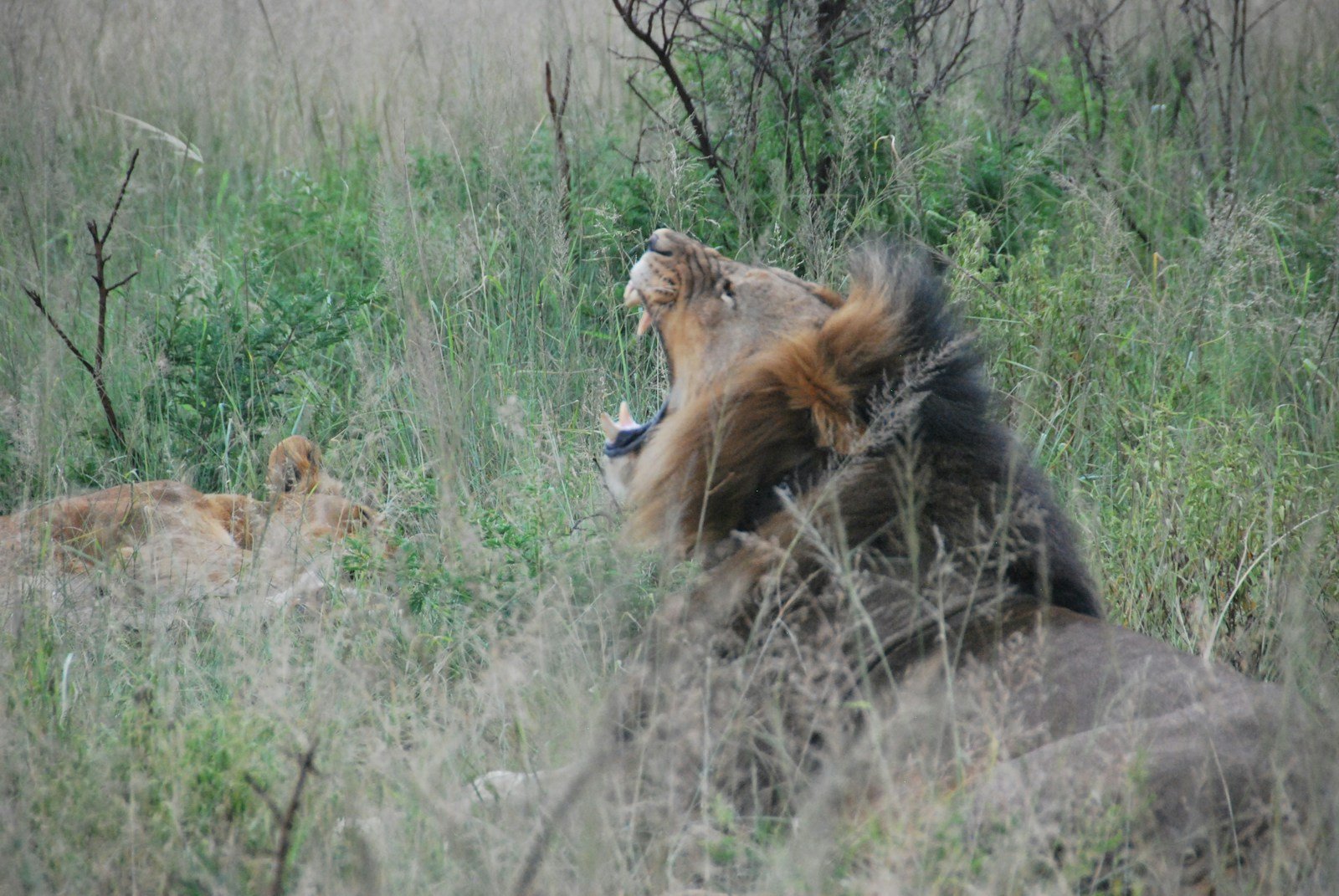
A lion’s roar carries critical information, such as the number of lions in a pride and their overall strength. Rival lions often listen to these roars to assess if it’s worth challenging a pride for territory or resources. The power and frequency of roars provide a wealth of intelligence data, helping lions make strategic decisions about whether to engage in a contest or retreat to safer grounds.
The Role of Environment: Acoustic Adaptations
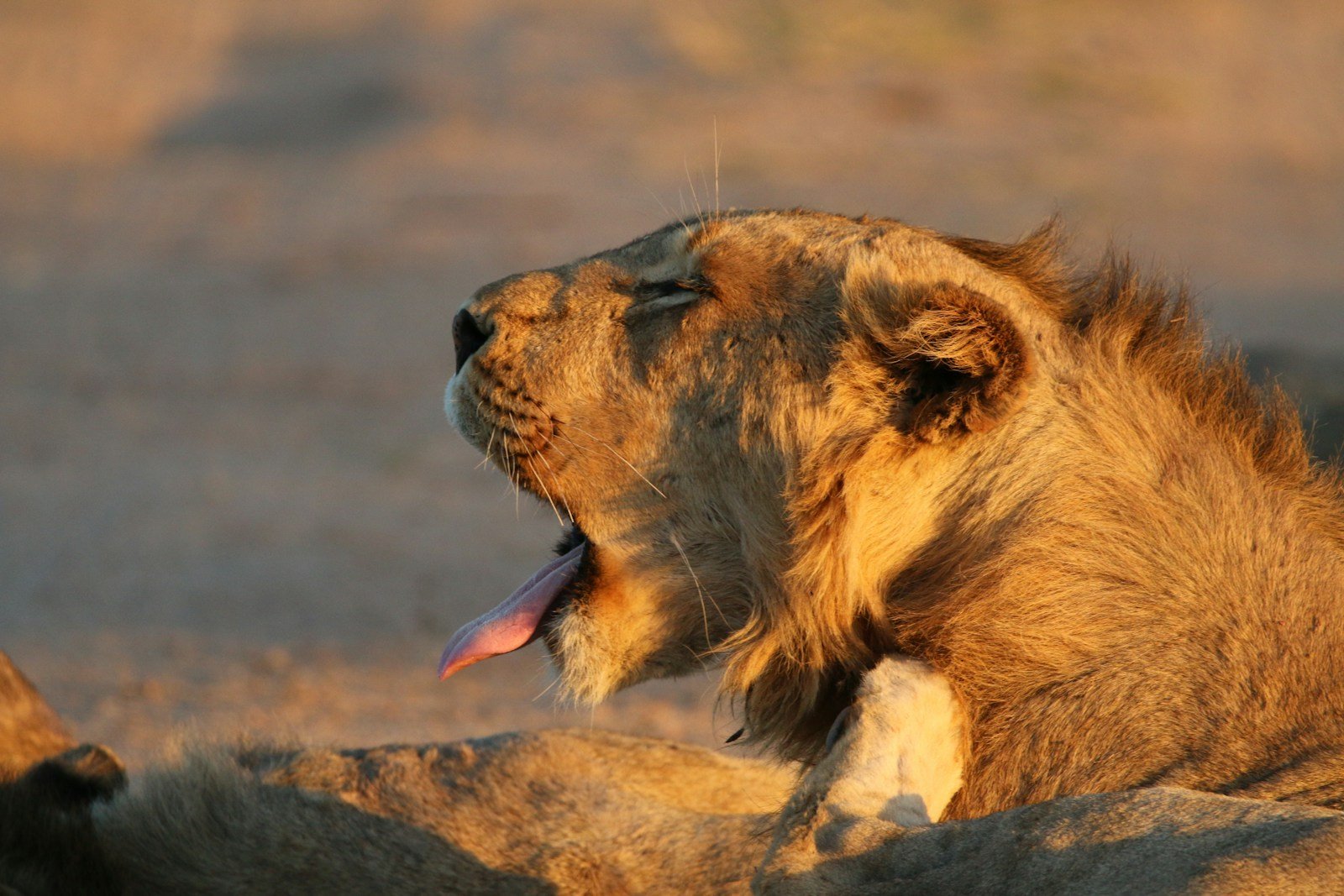
The acoustic properties of a lion’s roar are tailored to the open savanna environment, allowing sound waves to travel long distances without significant loss. The vast, open landscapes help propagate sound effectively, making the lion’s roar one of the most efficient means of communication in their natural habitat. This environmental interaction shows the intricate relationship between animals and the ecosystems they inhabit.
Roar Dynamics: Variation Between Individuals
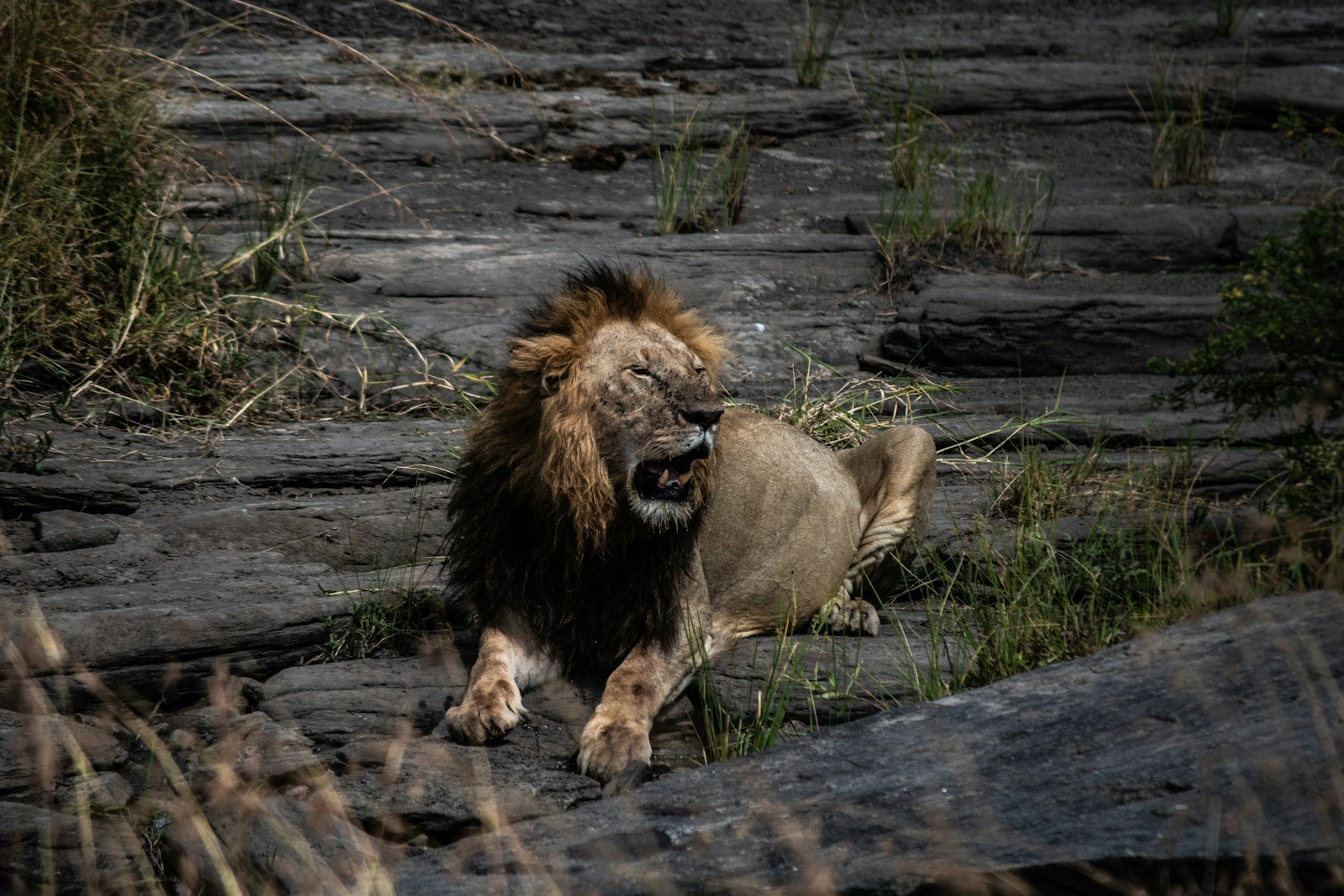
Not all lion roars are created equal, and subtle variations exist between individuals. These differences are often due to factors such as age, sex, and physical condition. Male lions generally have more powerful roars than females, a trait amplified by their role in territorial defense. The uniqueness of each lion’s roar can also aid in individual recognition, playing a vital role in social dynamics and mating.
Hormonal Influences: Testosterone and Roaring
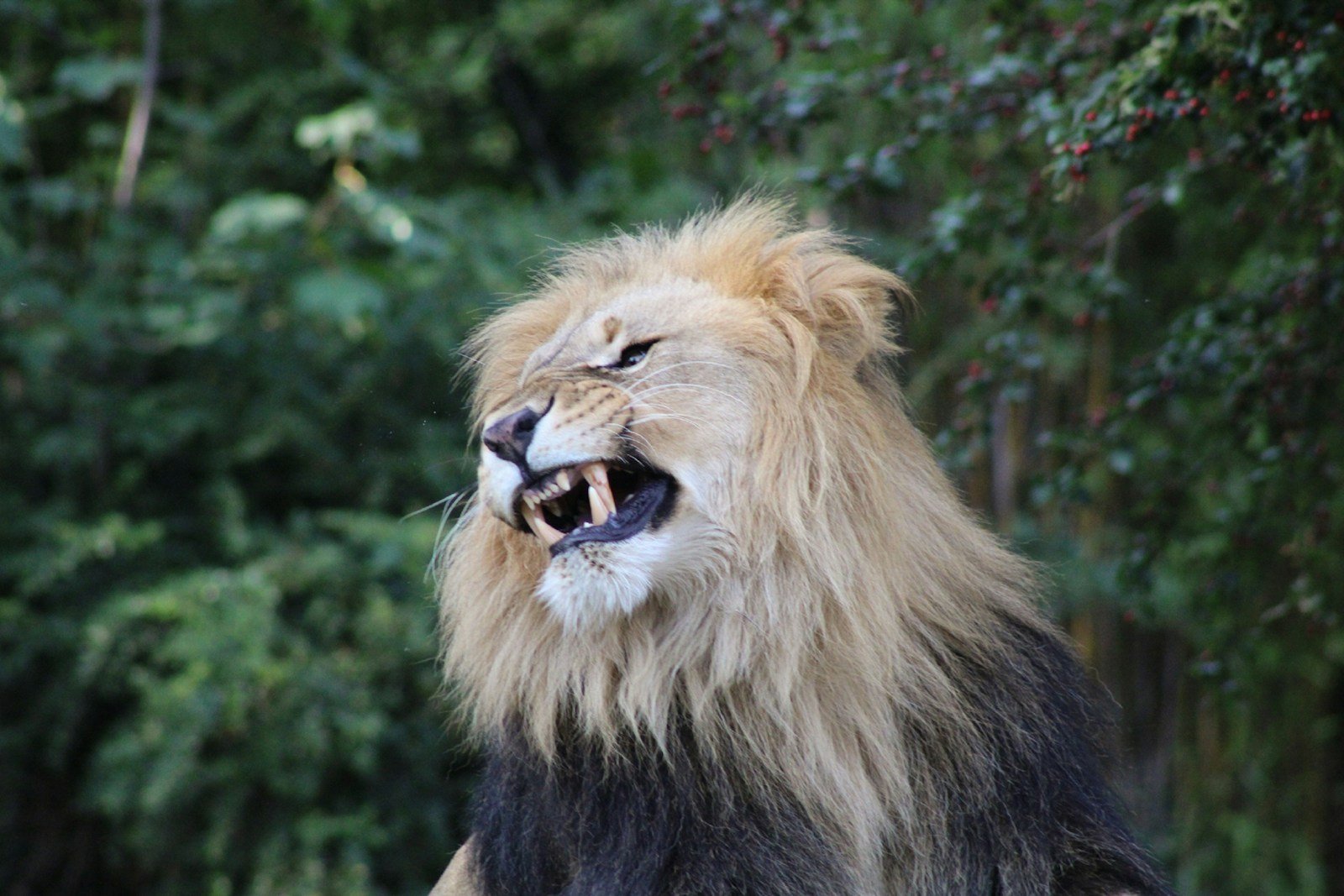
The frequency and intensity of a lion’s roar can be influenced by hormonal changes, particularly testosterone levels. Dominant male lions, with higher levels of testosterone, often roar more frequently and intensely. This hormonal connection underscores the link between physical prowess and vocalization in asserting dominance and reproductive success.
Roaring in Captivity: A Change in Tune
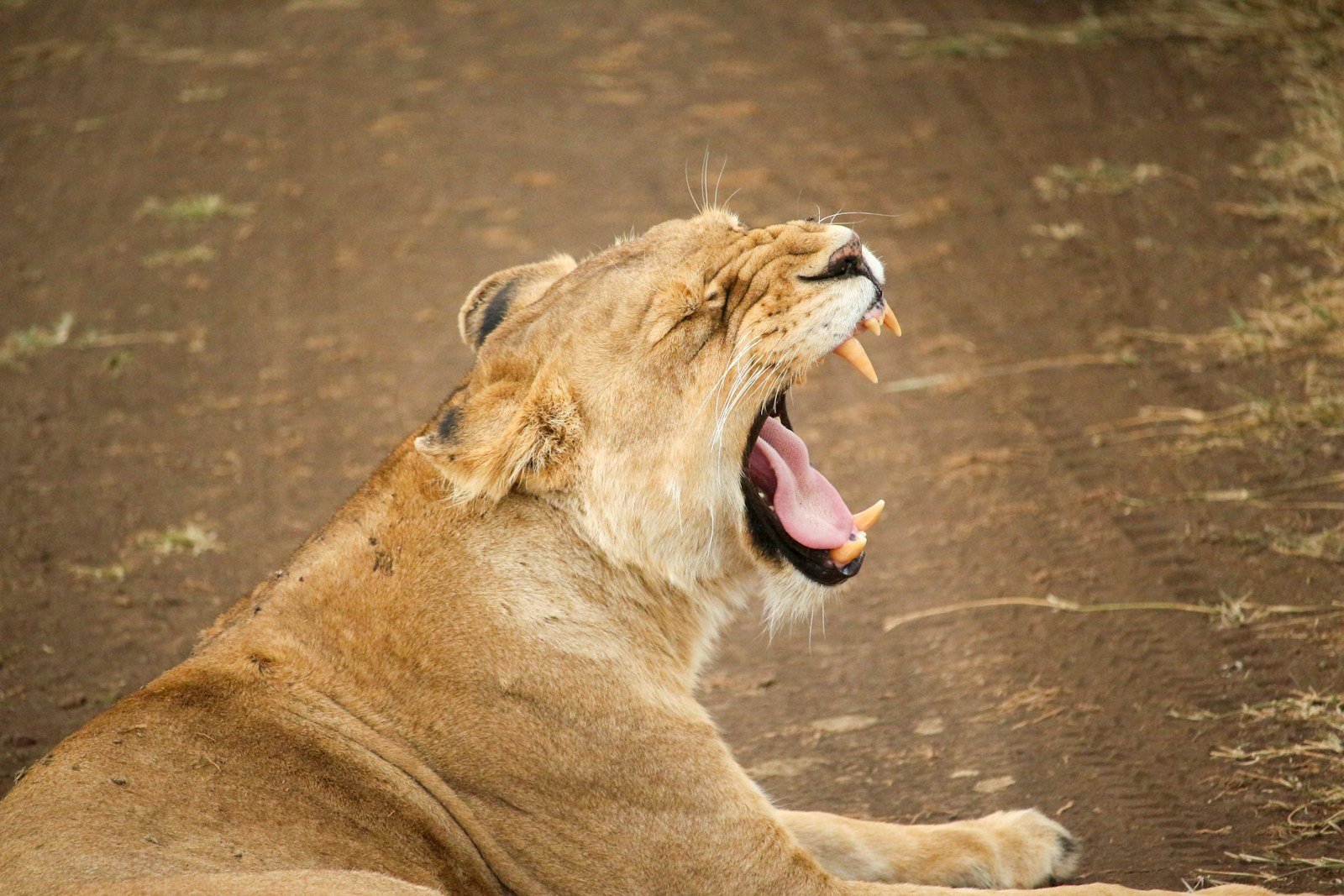
The nature of a lion’s roar can change when they are in captivity. Deprived of the need to establish territory over vast distances, captive lions may roar for different reasons, such as to communicate with other lions in the zoo or to express frustration. Understanding these differences is crucial for improving the welfare and management of lions in zoological settings.
The Future of Studies: Unraveling More Mysteries
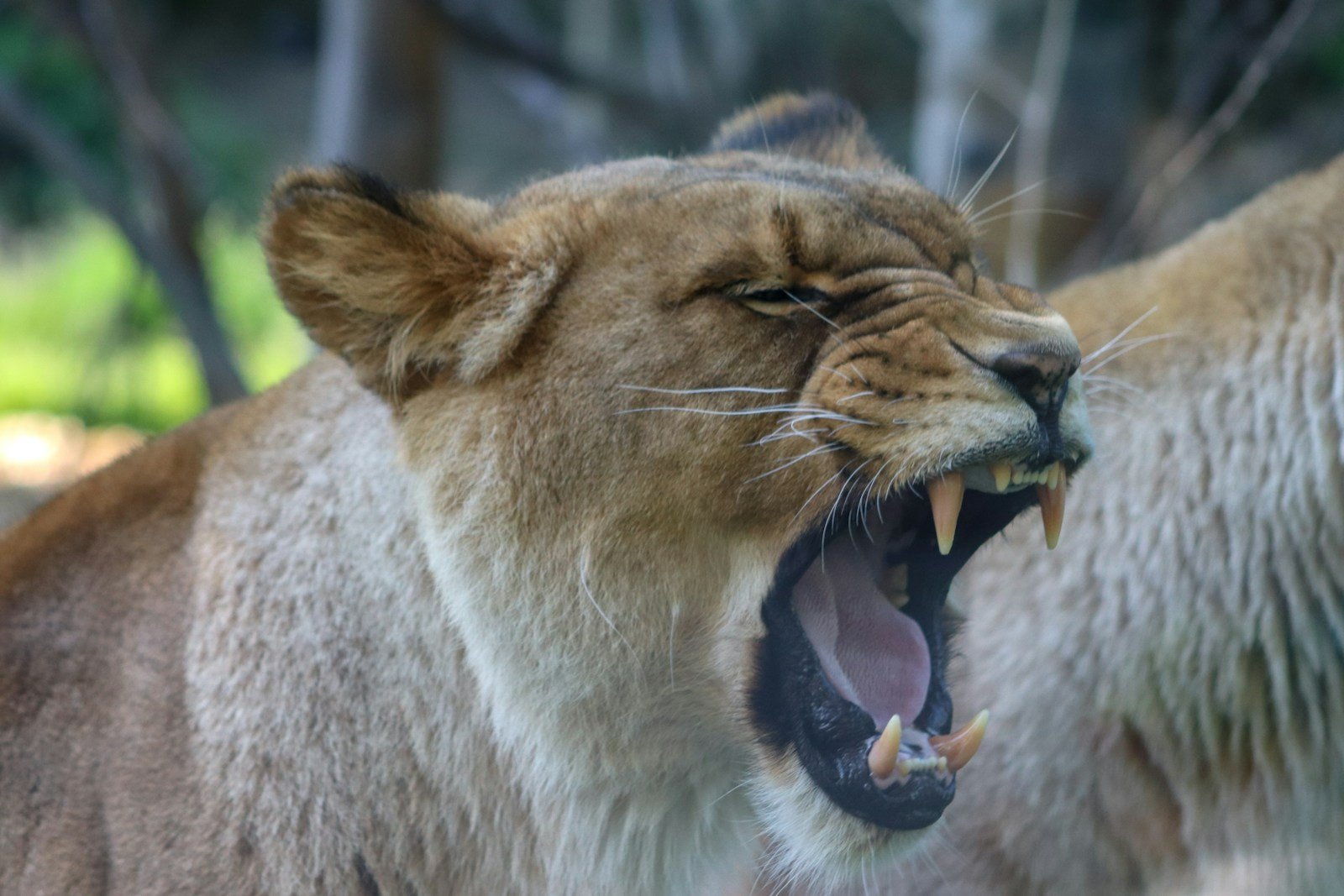
While much has been learned about why lions roar, ongoing research continues to uncover the depths of their vocal communications. Advanced technologies, such as bioacoustic monitoring and machine learning, promise to decode even more intricate details of lion roars. These discoveries will not only enhance our understanding of these magnificent animals but also aid in their conservation and protection in the wild.
Conclusion: The Magnificent Symphony of the Savanna
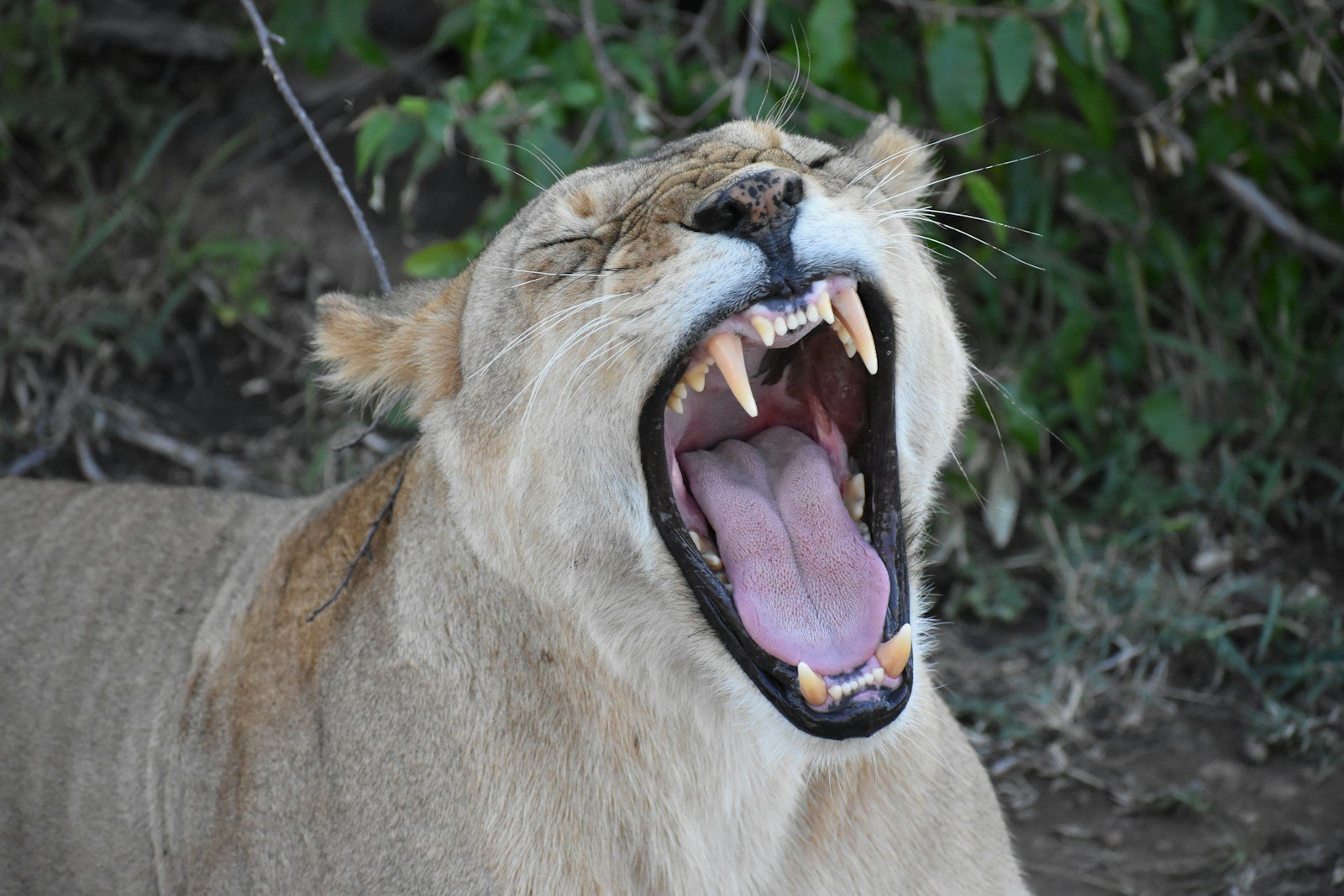
The lion’s roar is far more than a symbol of power; it is a multifaceted tool that plays a critical role in their survival and social structure. From marking territory to strengthening social bonds, roaring is an evolutionary adaptation that exemplifies the complexity and intelligence of these charismatic cats. As we continue to explore the secret science behind their calls, we deepen our appreciation for the intricate web of life in which these majestic animals exist.
Hi, I’m Bola, a passionate writer and creative strategist with a knack for crafting compelling content that educates, inspires, and connects. Over the years, I’ve honed my skills across various writing fields, including content creation, copywriting, online course development, and video scriptwriting.
When I’m not at my desk, you’ll find me exploring new ideas, reading books, or brainstorming creative ways to solve challenges. I believe that words have the power to transform, and I’m here to help you leverage that power for success.
Thanks for stopping by, Keep coming to this website to checkout new articles form me. You’d always love it!






